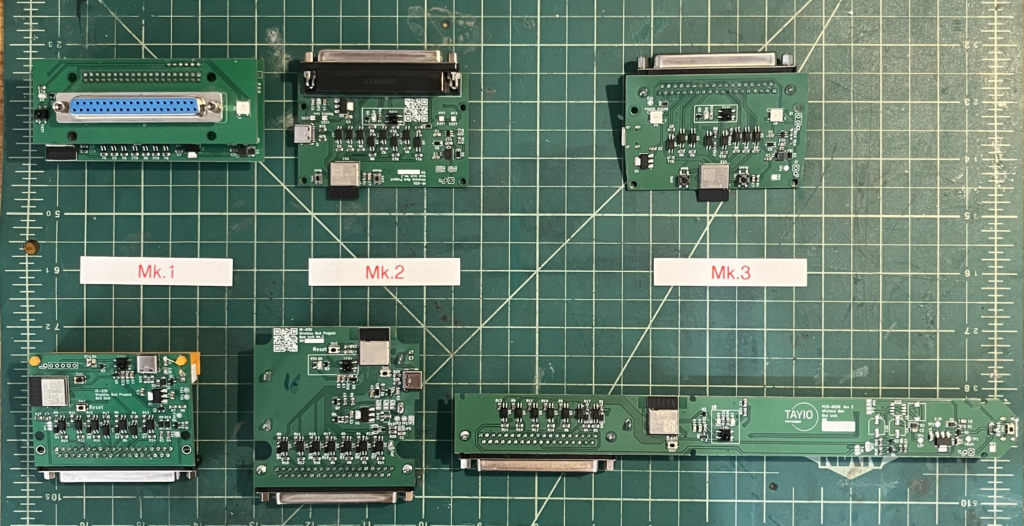During my years in product development, I’ve discovered many things they don’t teach you in school. One of the most significant revelations is that the part of the process that takes the most time is verifying that your product actually fits all stakeholders’ needs.
This is a tricky part for two reasons. First, it involves human beings. Figuring out the technologies needed for many commercial solutions is relatively straightforward. The laws of physics are well known, and for many technologies, there are standards and specifications. People, however, don’t come with manuals.

The second reason is that you can’t always identify a single user. It might be the person who presses the button or the one answering the call. You need to ensure it is easy for the installer to put in and for the maintenance personnel to replace the batteries with ease. You might also want to consider how your product will survive water splashes when the room it’s in is cleaned.
Your first line of defense is, of course, experience. There’s no substitute for someone who knows the ins and outs of the subject material and who already knows the many pitfalls. Too many times, I’ve seen smart people try to reinvent the wheel only to find out they repeated the same mistakes as others did before them. (The funny thing is that many veterans will be glad to tell you their battle stories and show off their scars.)
But no matter how smart or savvy you are, you can’t always think of everything. You’ll always discover something new, and that’s where methodologies like lean come into play. You try, you fail, you learn, and you improve.
In software development, agile practices caught on like wildfire. These ideas fit perfectly because software is cheap and flexible by nature, allowing you to iterate and test ideas very rapidly.
In the world of industrial design and mechanical engineering, the 3D printing revolution changed how we do things. Suddenly, there’s no long setup and massive investment in equipment, just to find out you’re wrong.
It might seem like electronic hardware development is lagging behind other disciplines, but that’s not exactly right. With the availability of fast prototyping services (like PCBWay and JLCPCB among others), the informed use of low lead-time components, and powerful ready-made modules (like ESP32 for wireless communications), you can spin off a fully assembled PCB in less than two weeks.
In conclusion, the journey of product development is a complex and dynamic one, filled with unexpected challenges and continuous learning. Balancing technological solutions with human-centric design requires both experience and adaptability. By embracing methodologies that promote iterative learning and leveraging modern prototyping technologies, we can navigate these challenges more effectively. The evolution of agile practices, 3D printing, and rapid prototyping in electronic hardware development demonstrates that, regardless of the field, innovation and efficiency are within reach for those willing to learn and adapt.
A bit of shameless self-promotion: if you have a new product idea but lack the bandwith or expertise to bring it to life, my company, TAYIO, specializes in turning your concepts into reality.